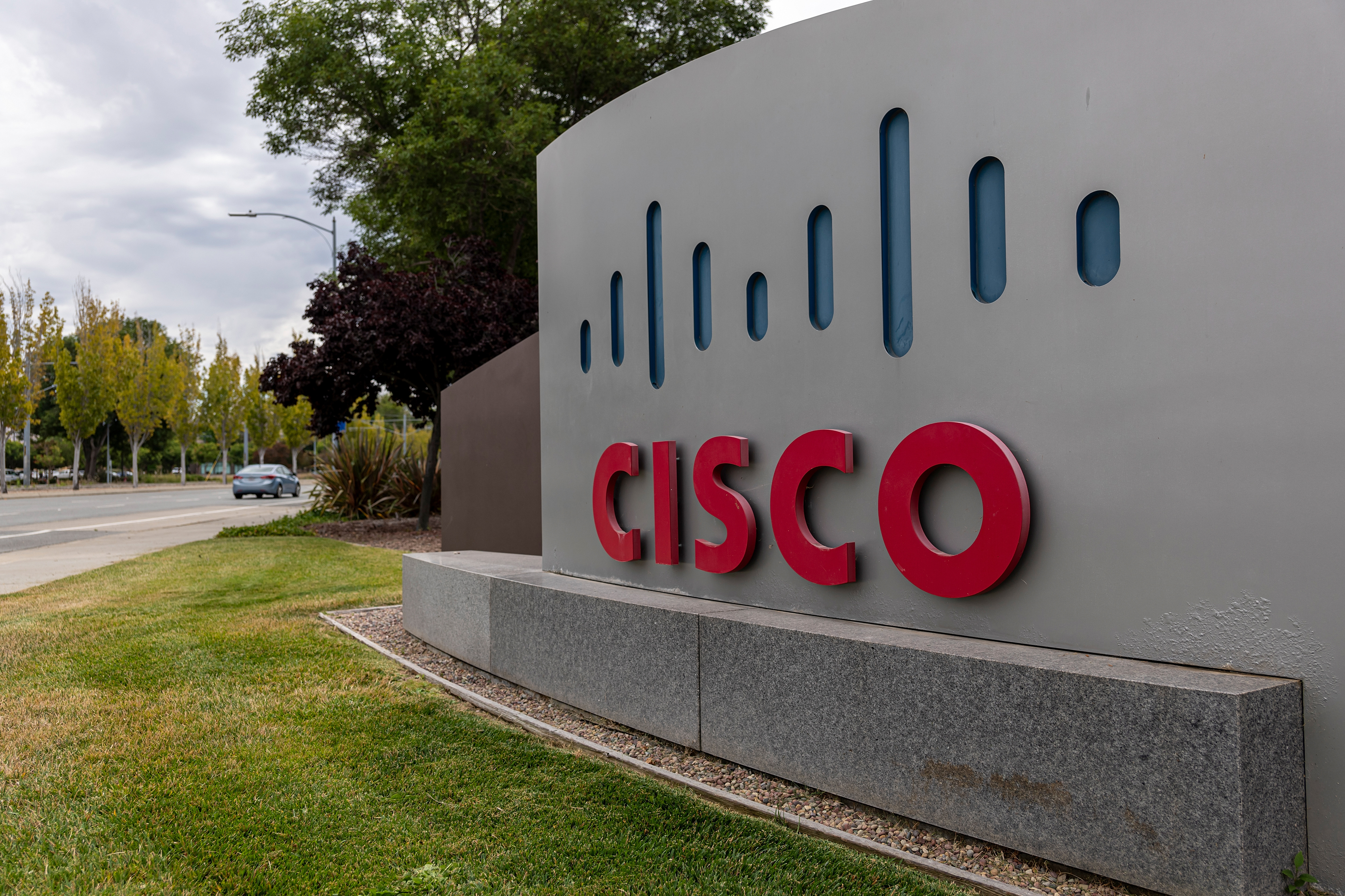Integration, everywhere, all at once at Cisco Live 2024
Cisco Live 2024 was defined by the company’s push to integrate its disparate product lines, bringing AI everywhere and enabling a more unified approach to IT security
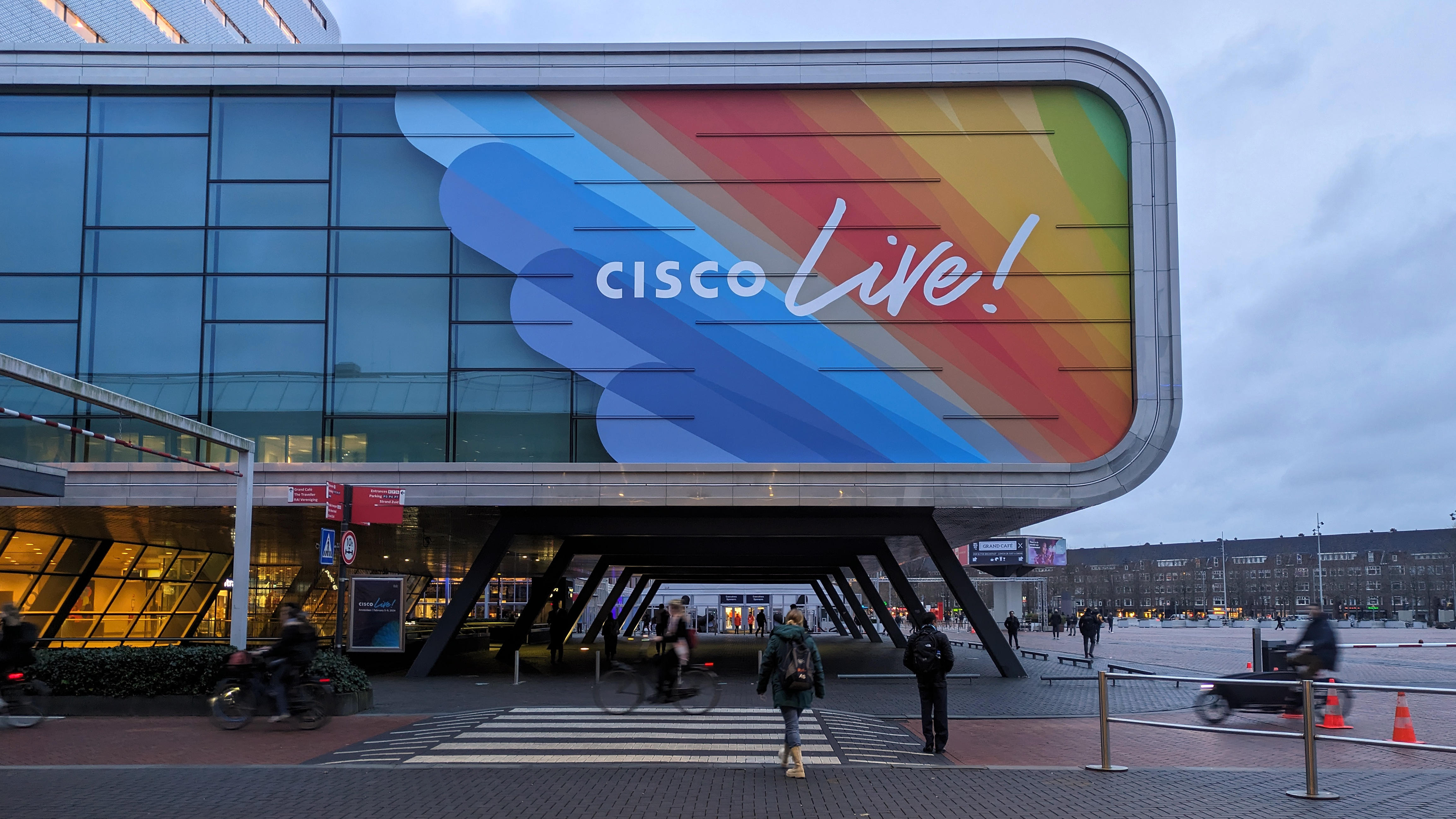

Wind whipped around Amsterdam on the opening day of Cisco Live 2024, the US networking giant’s flagship EMEA event. But inside the RAI convention center, Oliver Tuszik, SVP and president of EMEA at Cisco, had a clear message: businesses need integrated platforms to manage increasingly complex IT estates.
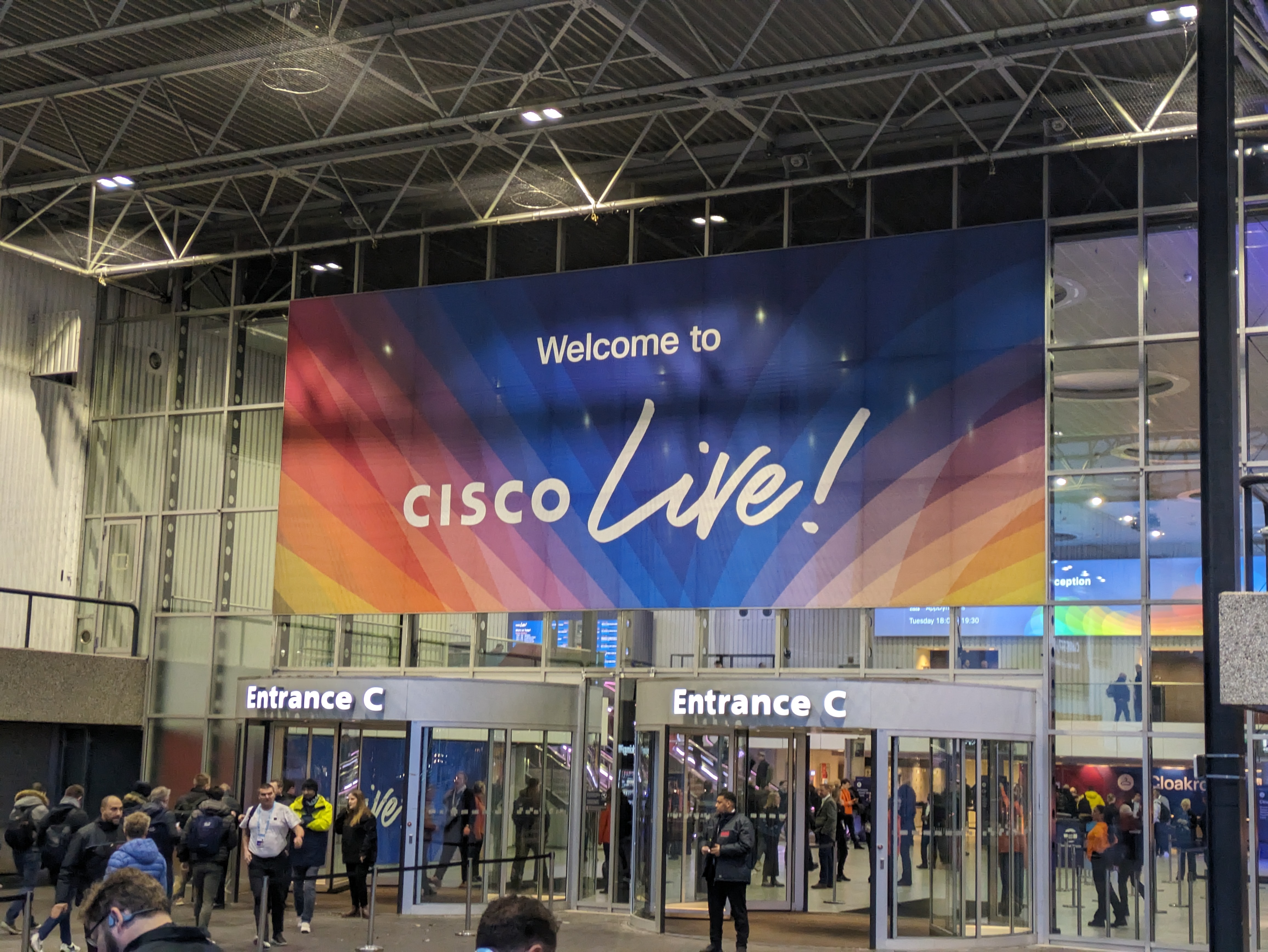
Cisco justified every new product or feature announced at the conference in the context of how it works in tandem with other pieces of the Cisco puzzle to help businesses manage their IT infrastructure. At every significant moment, the firm reminded attendees in Amsterdam about its mission to unify products across Cisco’s networking, security, cloud computing, and collaboration segments, illustrating the company’s vision for a future where seamless integration reigns supreme.
One such announcement saw Cisco’s AI assistant gain a raft of new features aimed at streamlining the hybrid work experience including meeting recaps, rewriting tools, and real-time message translation. These will be rolled out on the company’s Webex collaboration platform, currently in beta with general availability coming soon.
AI runs through this vision and the opening keynote was mostly spent unveiling new AI features for Cisco platforms. Cisco’s senior leaders stressed throughout the conference that it is no longer enough to offer AI capabilities as optional extras for businesses on the cutting edge. These features are now considered minimum requirements across industries to deliver the digital experiences customers have come to expect.
Cisco has portrayed itself as not only able to cater to this demand, but as an active innovator in the AI space. Technology such as generative AI is a crucial part of Cisco's plans to provide for streamlining IT infrastructure, allowing administrators to leverage a conversational agent to get quick insights on components across the estate, from the network to the meeting room.
New AI-enabled capabilities are also coming to Webex and Cisco’s customer experience platform Webex Contact Center in beta, with a new agent burnout detection feature that introduces automatic breaks and real-time coaching to offer more support for CX staff.
One demo given by Jeetu Patel, EVP and GM of security & collaboration at Cisco showed an administrator responding to an executive having quality issues with their meeting experience. Through the Webex Control Hub, an admin asked the assistant to show any issues with the executive’s meeting, with the assistant’s response highlighting a problem with the executive’s audio and providing a prompt to resolve the issue.
Sign up today and you will receive a free copy of our Future Focus 2025 report - the leading guidance on AI, cybersecurity and other IT challenges as per 700+ senior executives
Leveraging its integration with Cisco’s network monitoring solution ThousandEyes, the assistant can provide the network, and pinpoint the exact problem, covering the app, internet service provider, device, and network. This is a case in point for the interconnected nature of Cisco’s offering and helps demonstrate the extent to which the technology forms a backbone for Cisco’s platform integration strategy going forward.
Unifying systems to keep security simple
Security is one area where a unified approach is key to ensuring all endpoints are secure, access is tightly managed, and vulnerabilities are quickly addressed. To do this, organizations need to leverage all the data available to them to monitor threats and identify potential breaches as soon as possible.
It’s clear Cisco aims to meet these needs through its approach to AI, with all the products in this category including the technology in some fashion. In its keynote, the firm unleashed a veritable flood of announcements and emphasized how AI is spreading to every corner of its security business.
Speaking at a session on Cisco’s approach to identity intelligence, Patel describes how correlating data across control points is the biggest advantage businesses can leverage to tighten their security posture. Low-level alerts from various sources such as email servers or endpoints may be ignored when viewed in isolation, Patel explains, but a system that brings these alerts together and puts them in context for an administrator can help prevent abnormal activity going unnoticed. Cisco aims to address this through its integrated security platform, which collates these alerts in a single pane of glass.
“By definition, this cannot be done with point solutions, you have to make sure that you have an integrated platform.
RELATED WHITEPAPER
“The industry evolved largely to increase efficacy by delivering point solutions and, in fact, efficacy is what’s getting harmed the most because of having 70 different products in your cyber security stack.”
The overall strategy of targeting a simple, unified IT management experience by releasing a stack of new products appears slightly counterintuitive, however. Businesses may be concerned that their employees will have to contend with a short-term learning curve in order to take advantage of these platforms and weigh this against current oversight concerns. Despite this, the integration of a conversational, natural language interface in these solutions through the AI assistant should go some way in addressing these concerns.
Expanded AI integrations across the security stack
The barrage of new AI integrations within Cisco’s various security products have predominantly been about giving Cisco’s AI Assistant for Security more access to areas where it can make a difference in making security teams’ lives easier. With this expanded access, the AI Assistant for Security can automate repetitive tasks like log analysis and anomaly detection using data from across the network and endpoints.
Perhaps the most significant AI announcement for security came in the form of Cisco’s new Identity Intelligence platform which will integrate identity management, networking, and security while giving admins one point to manage access across the entire enterprise.
The Identity Intelligence solution will use AI-driven analytics to help clean up vulnerable accounts, eliminate unused privileges, and flag anomalous behavior. Tasks that would usually require a lot of leg work from security teams are now presented as simple prompts which they can accept or reject accordingly.
It’s in features such as this that Cisco presents its strongest argument for AI in the context of security. Bringing data, automation, and security recommendations together in one platform is a core example of the integration benefits that Cisco is arguing are so important. In the past year, it’s felt at times that companies were compelled to meet a quota for AI announcements at each major conference – we’ve been inundated with AI assistants across every conceivable vertical. With this announcement, Cisco cleanly presents its proposal for unifying the increasing number of security solutions that make up an organization’s IT estate.
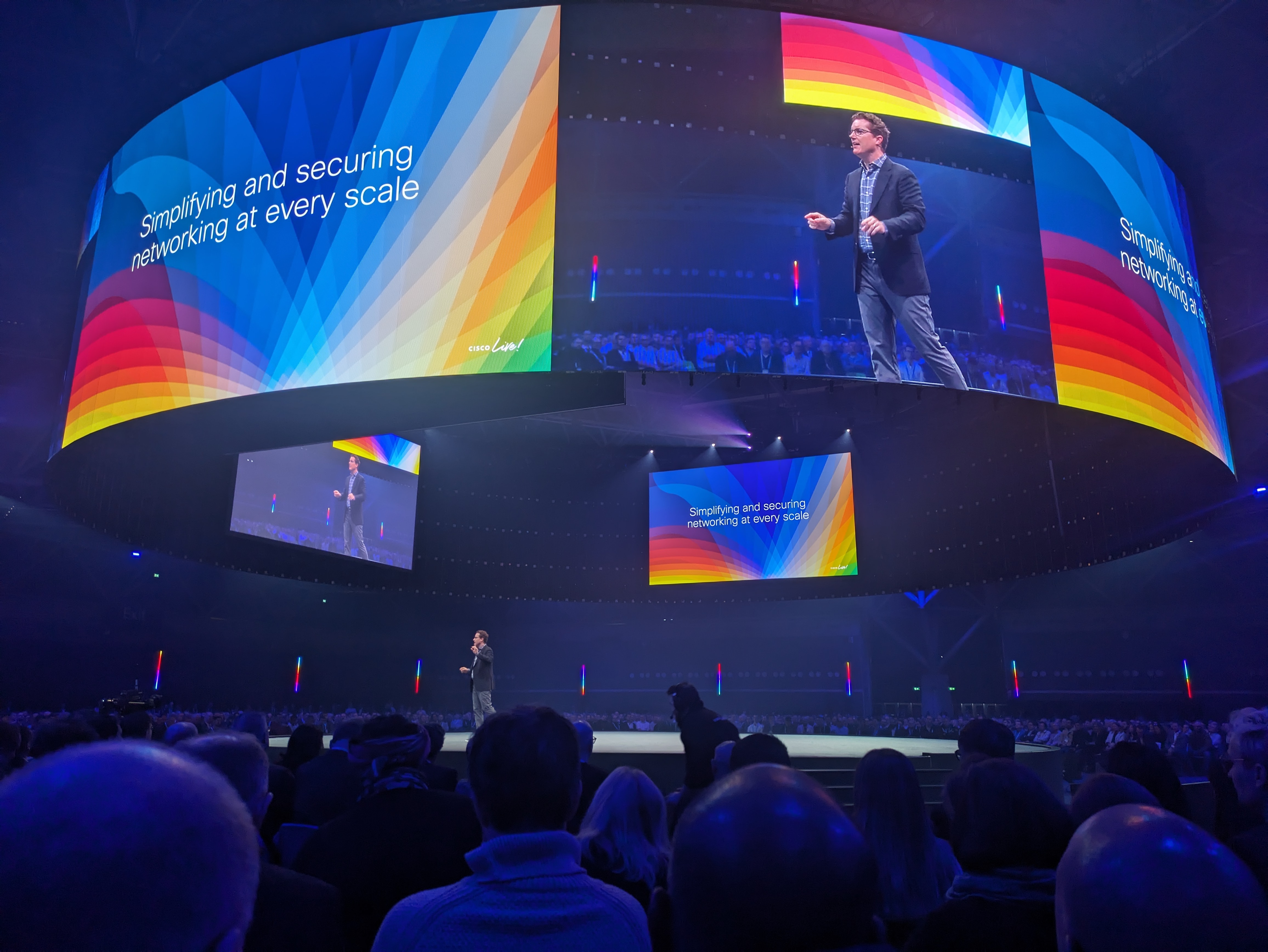
Cisco has also worked to establish itself as a central partner in this process, without going as far as saying customers absolutely have to lock-in investment into its solutions.
“We’re not saying you have to buy everything from Cisco,” says Tom Gillis, SVP and GM of the Cisco Security Business Unit, speaking at a panel. “That’d be nice if you did but it's not easy so we’re going to interoperate with other systems. What we are saying is that if there is a deeper level of inspection, if there’s telemetry that goes beyond summary data in a log, we can actually get into there and understand packets and processes, we’ll catch more stuff.”
Despite this claim, it is hard to reconcile Cisco’s bold integration claims, contingent on a minimum level of buy-in from businesses, with its reassurances that customers can maintain a vendor-agnostic approach. This is something that Cisco will have to work on as customers become accustomed to the platform.
The concluding remarks on stage at Cisco Live 2024 between CIO Fletcher Previn and Tuszik were a good distillation of how Cisco views its role in the IT sector in years to come. “If I don’t have to be the integrator of dozens of different point solutions and I can take advantage of the entire integrated platform that’s saving me complexity and making the IT job a lot simpler” Cox explains.
Cisco has presented the tools for the job, with an AI boost. But with tools in hand, the customer-by-customer act of integration will be an ongoing challenge. It’s one that ITPro will continue to follow closely, particularly as the AI landscape continues to mature.

Solomon Klappholz is a former staff writer for ITPro and ChannelPro. He has experience writing about the technologies that facilitate industrial manufacturing, which led to him developing a particular interest in cybersecurity, IT regulation, industrial infrastructure applications, and machine learning.
-
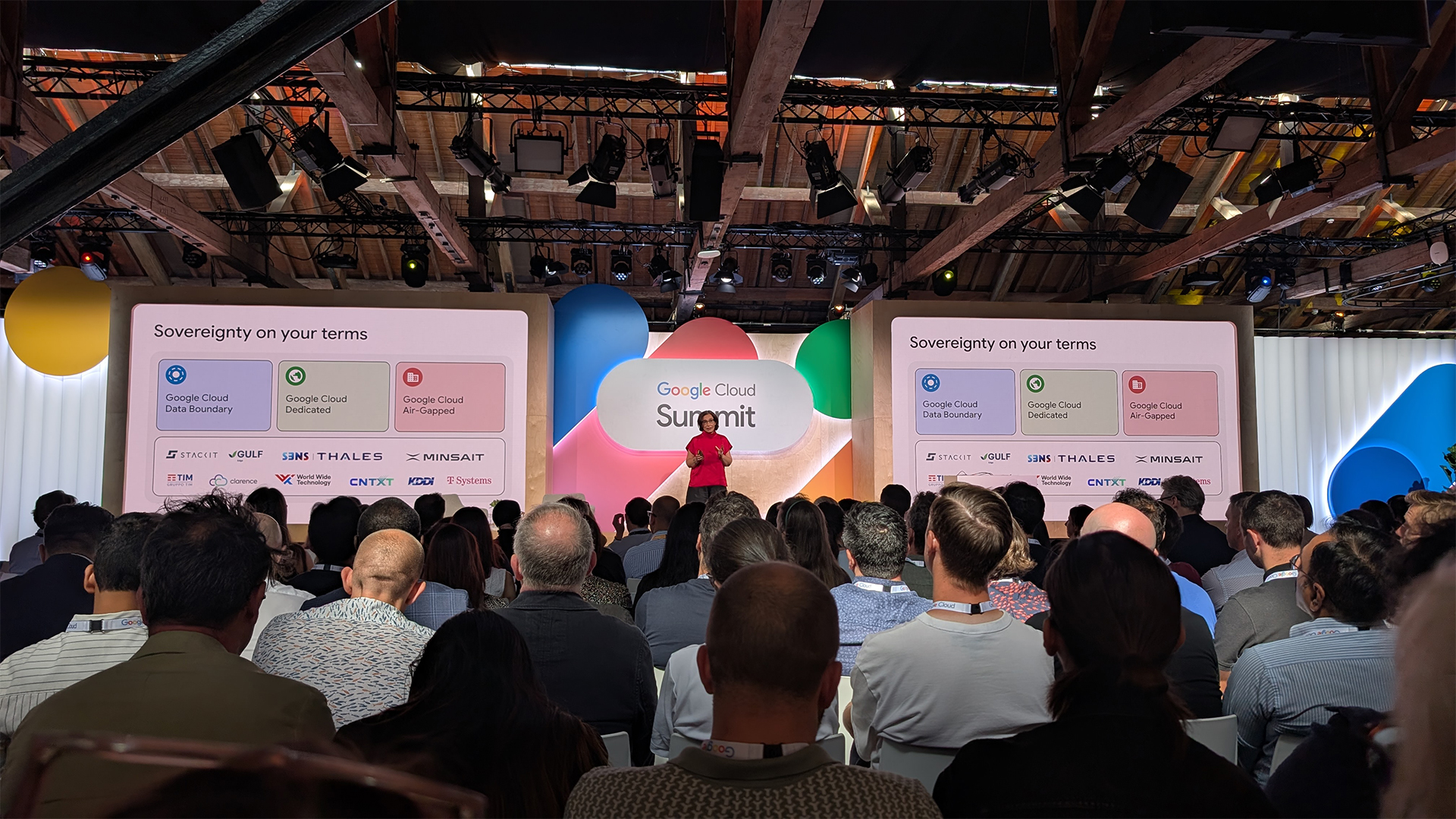 Google Cloud announces new data residency flexibility for UK firms, accelerator for regional startups
Google Cloud announces new data residency flexibility for UK firms, accelerator for regional startupsNews UK-specific controls and support for up and coming AI firms is central to Google Cloud’s UK strategy
-
 Workers are covering up cyber attacks for fear of reprisal – here’s why that’s a huge problem
Workers are covering up cyber attacks for fear of reprisal – here’s why that’s a huge problemNews More than one-third of office workers say they wouldn’t tell their cybersecurity team if they thought they had been the victim of a cyber attack.
-
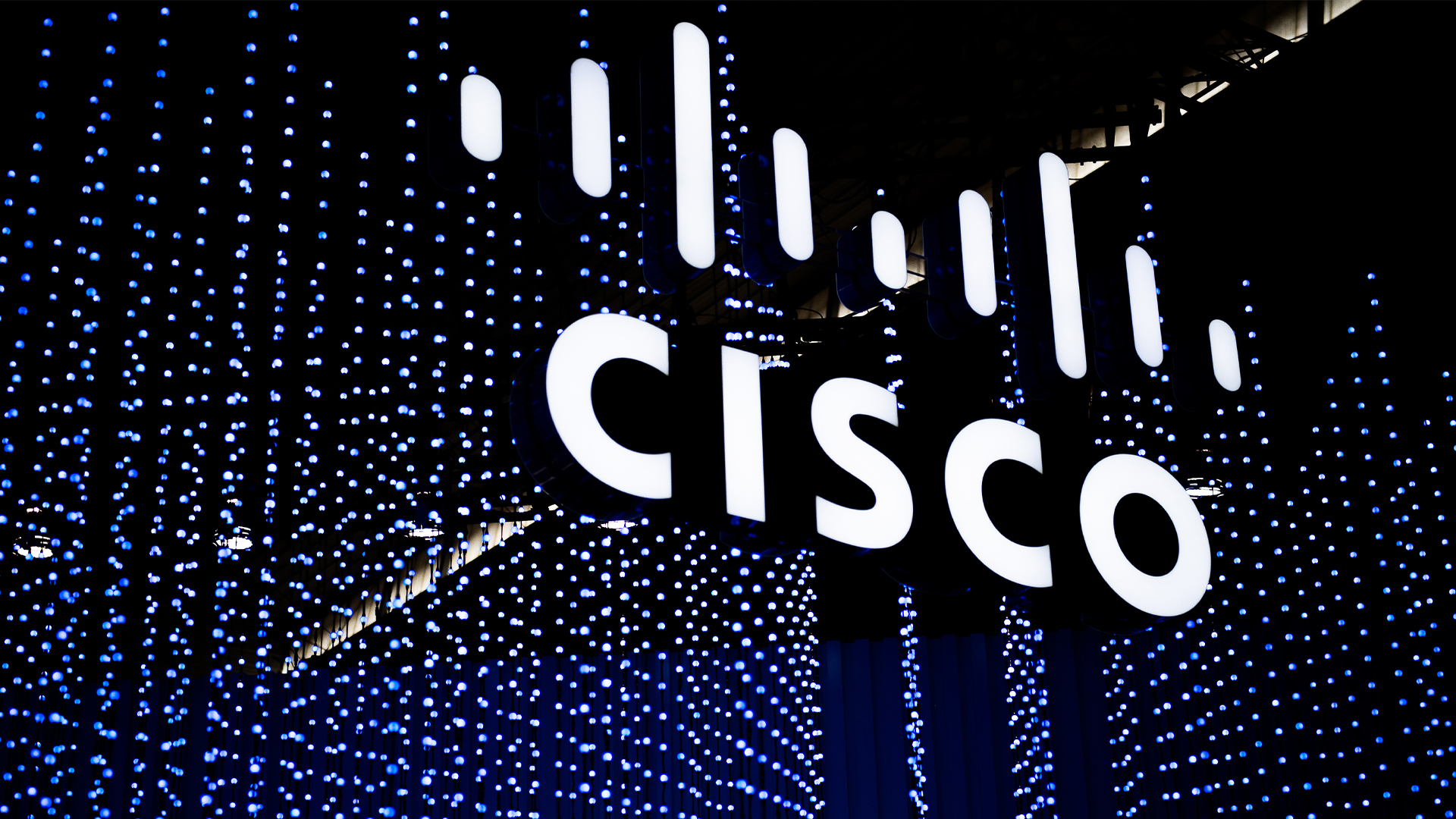 Cisco names Oliver Tuszik as global sales chief
Cisco names Oliver Tuszik as global sales chiefNews Cisco has announced the appointment of Oliver Tuszik as its new executive vice president of global sales, who replaces Gary Steele.
-
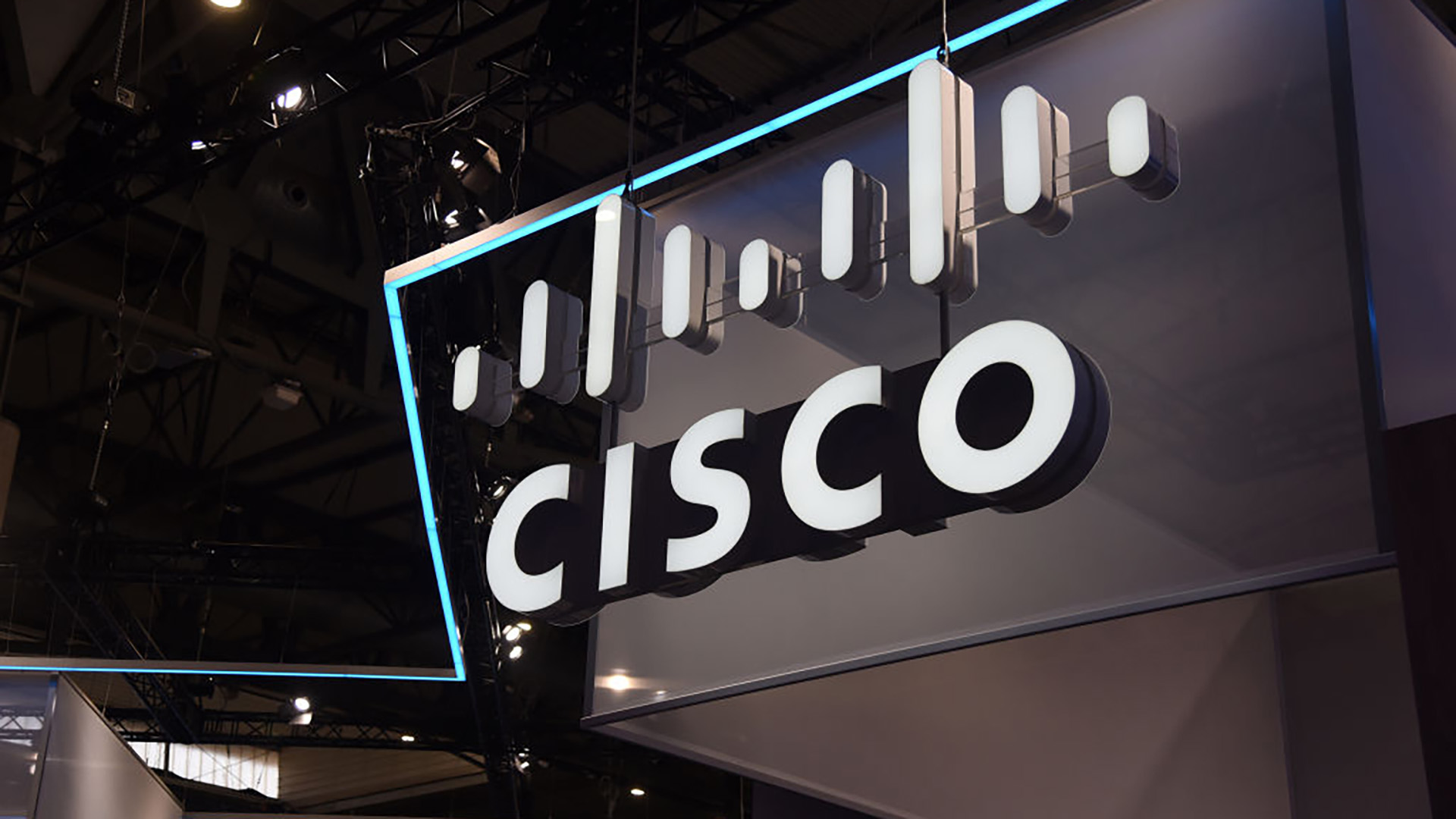 Cisco wants to train 1.5 million Europeans in digital skills
Cisco wants to train 1.5 million Europeans in digital skillsNews Cisco has unveiled plans to provide free training to 1.5 million people across the EU as part of a major digital skills drive.
-
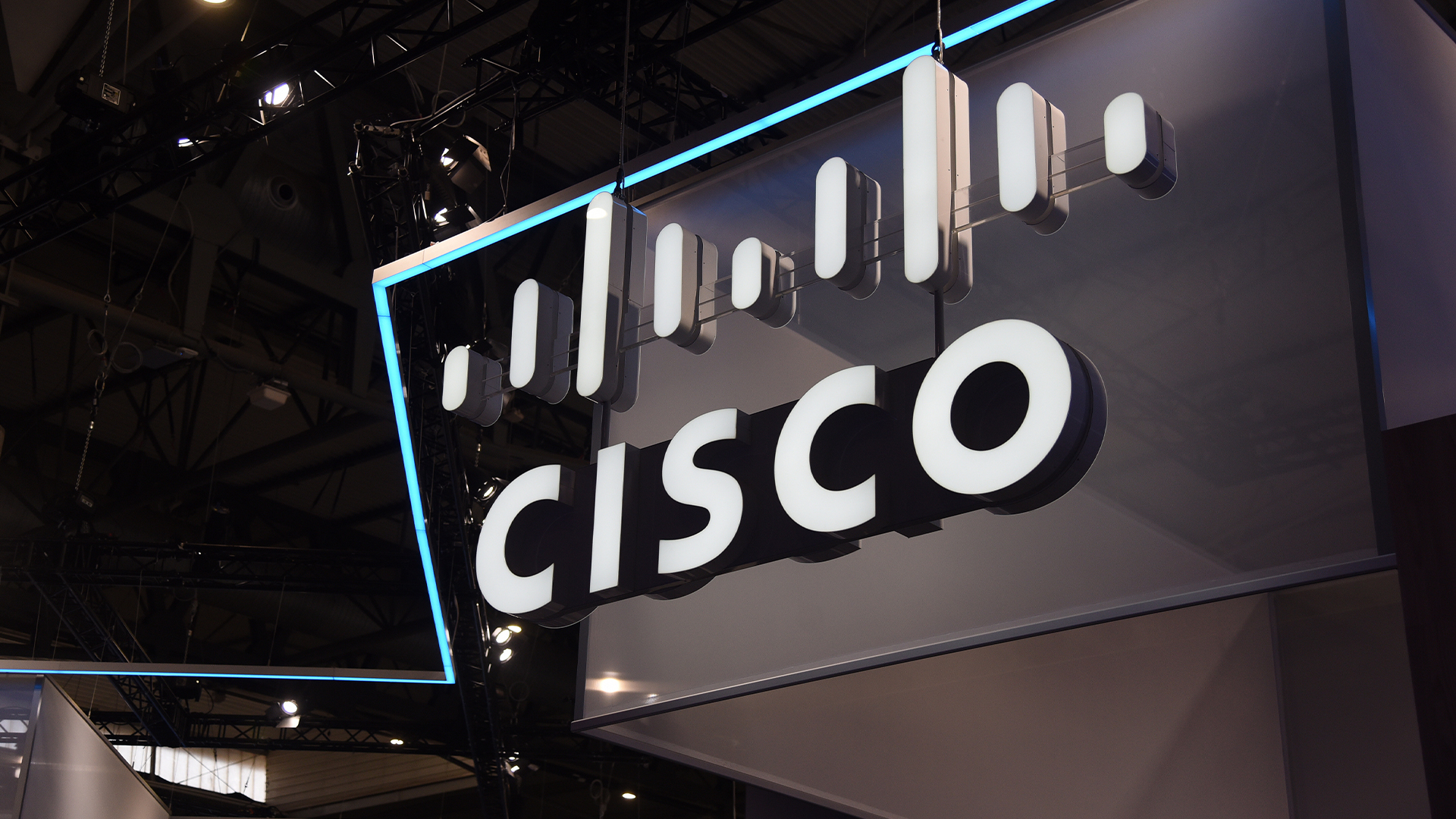 "Our goal is to transform partner success": Cisco just announced a major overhaul of its partner program – here’s what you need to know
"Our goal is to transform partner success": Cisco just announced a major overhaul of its partner program – here’s what you need to knowNews The Cisco 360 Partner Program promises to accelerate the value partners bring to customers, reimagined to boost skills and innovation
-
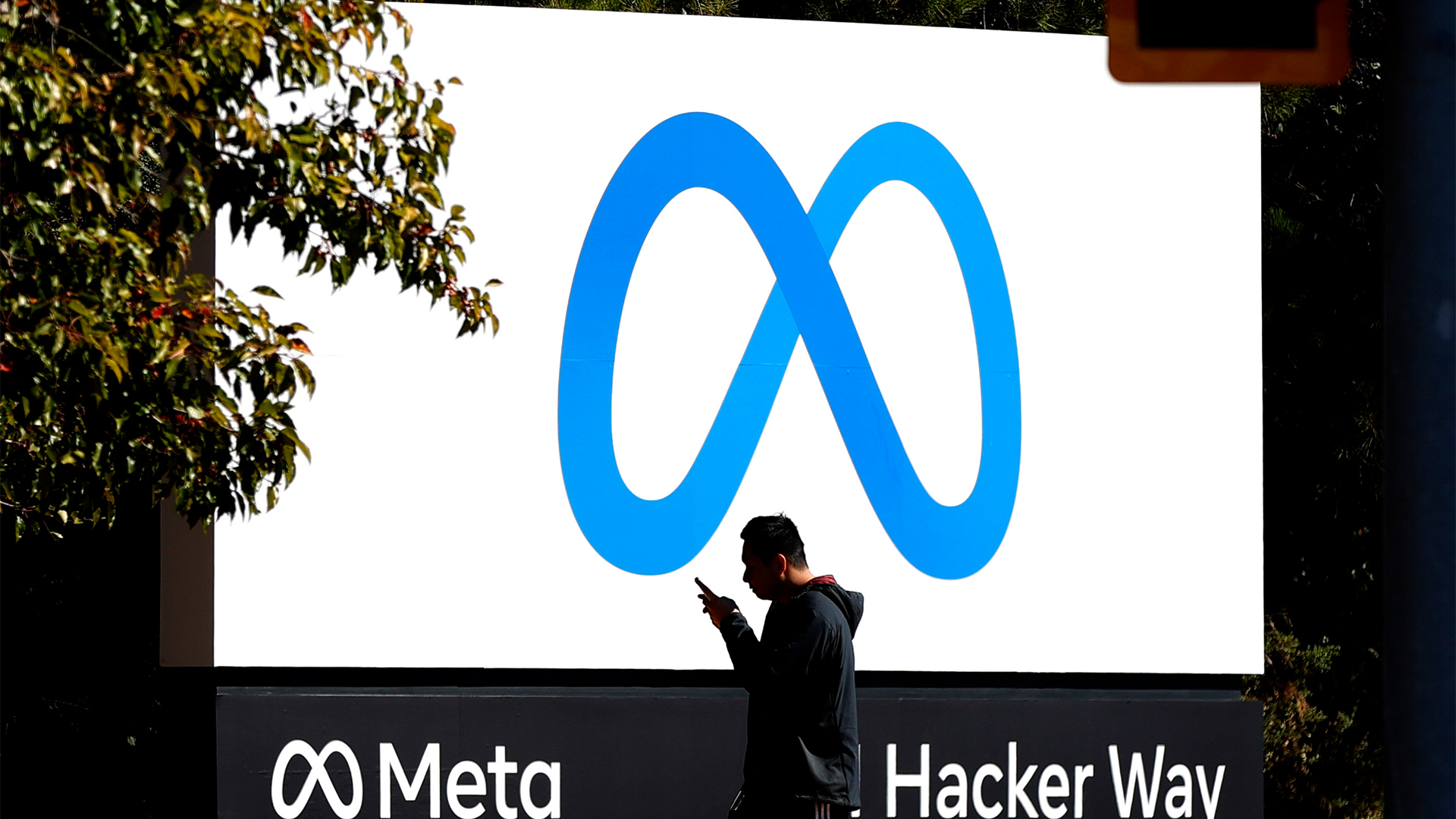 Meta layoffs hit staff at WhatsApp, Instagram, and Reality Labs divisions
Meta layoffs hit staff at WhatsApp, Instagram, and Reality Labs divisionsNews The 'year of efficiency' for Mark Zuckerberg continues as Meta layoffs affect staff in key business units
-
 Cisco’s ‘savvy’ CoreWeave deal will supercharge its AI ambitions
Cisco’s ‘savvy’ CoreWeave deal will supercharge its AI ambitionsAnalysis Experts told ITPro the move could be an attempt to strengthen Cisco’s AI footprint
-
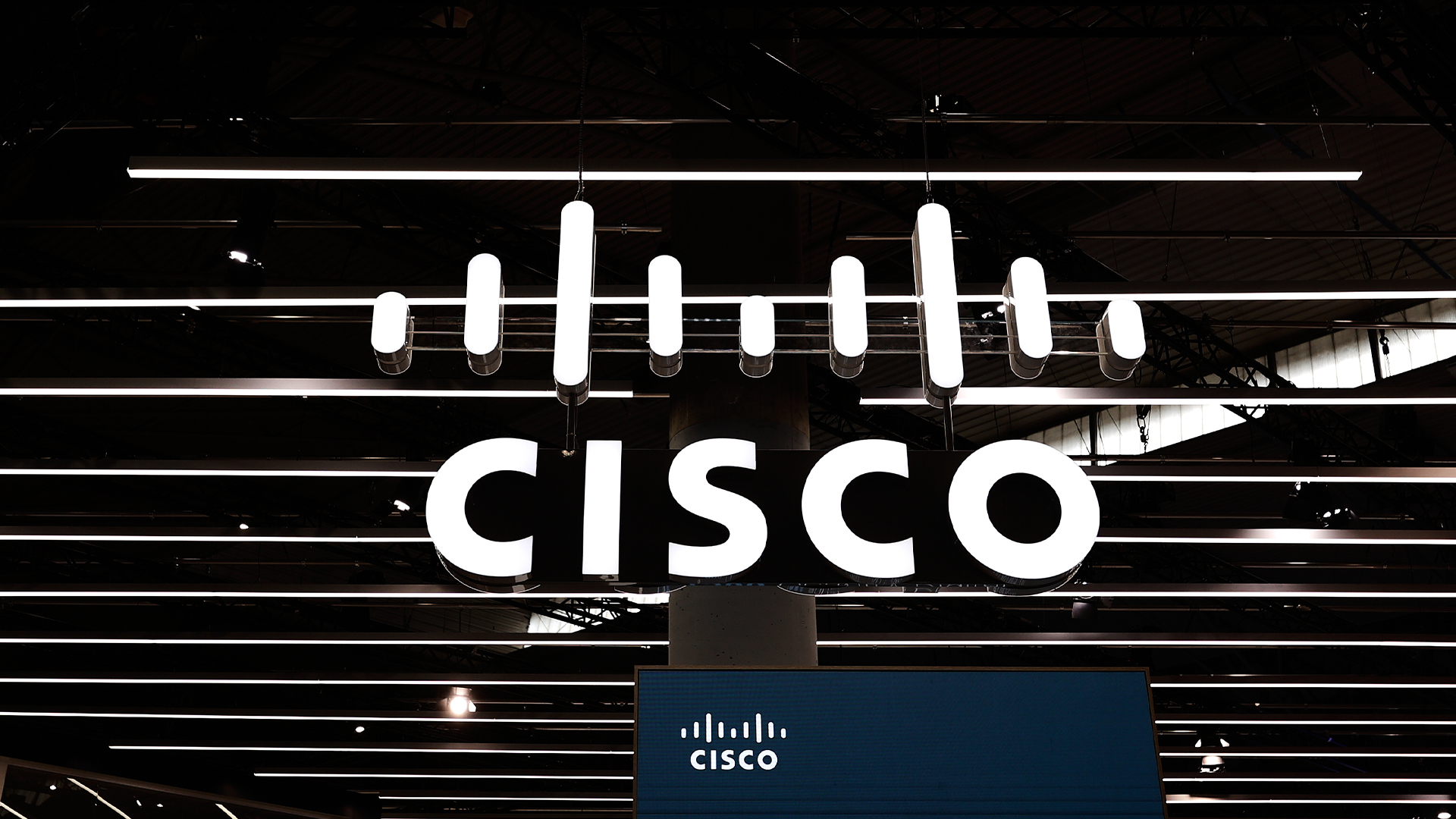 Cisco layoffs cut deeper than expected as firm ramps up AI focus
Cisco layoffs cut deeper than expected as firm ramps up AI focusNews The move marks the second round of Cisco layoffs so far this year, with 7% of its global headcount expected to be cut
-
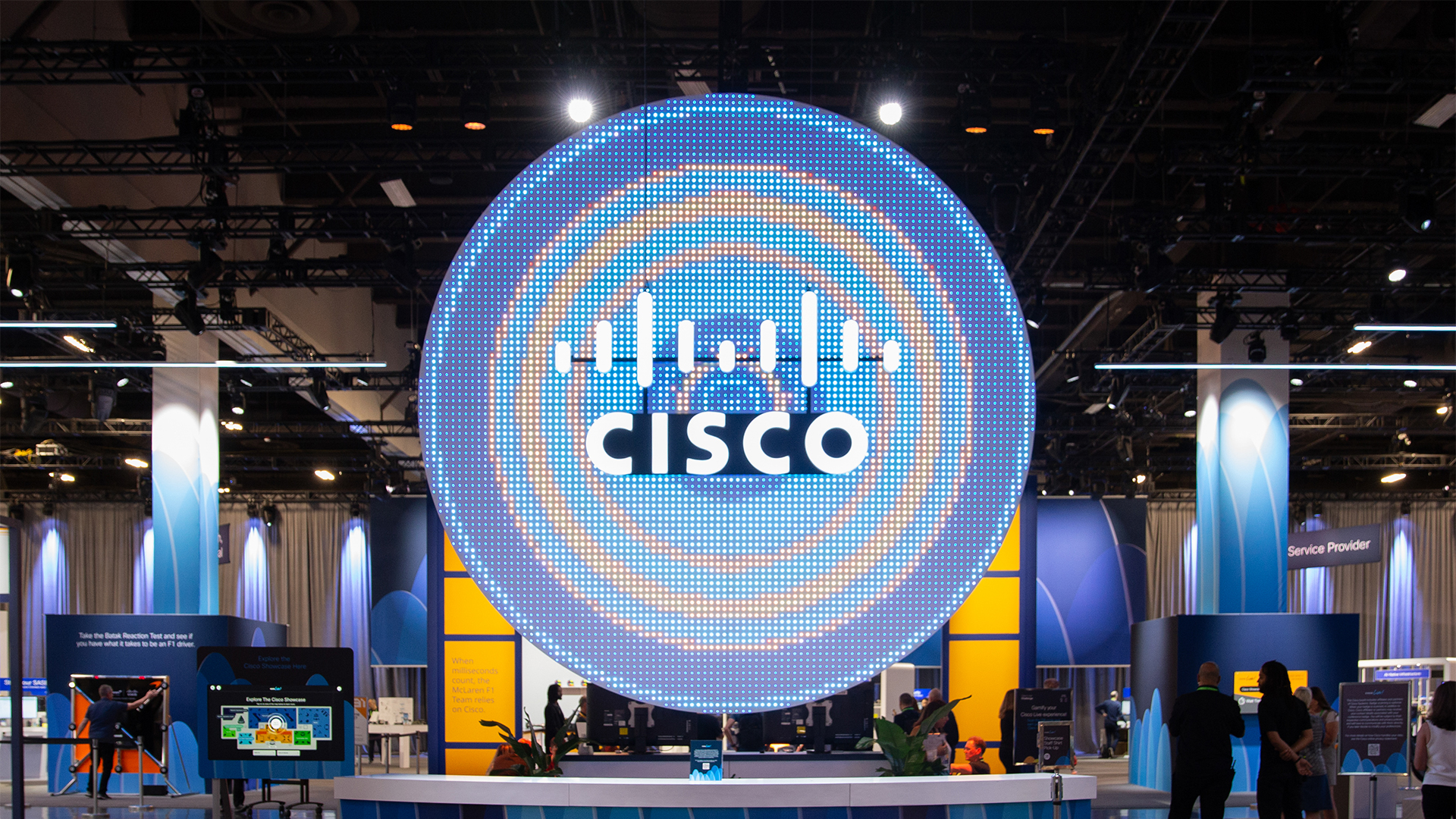 Cisco to cut thousands of roles in second batch of layoffs this year
Cisco to cut thousands of roles in second batch of layoffs this yearNews The Cisco job cuts mark the second wave of layoffs for the tech giant so far in 2024
-
 Cisco names new CEO for UK & Ireland
Cisco names new CEO for UK & IrelandNews The former BT director succeeds David Meads, who will now lead Cisco’s operations in the Middle East and Africa

